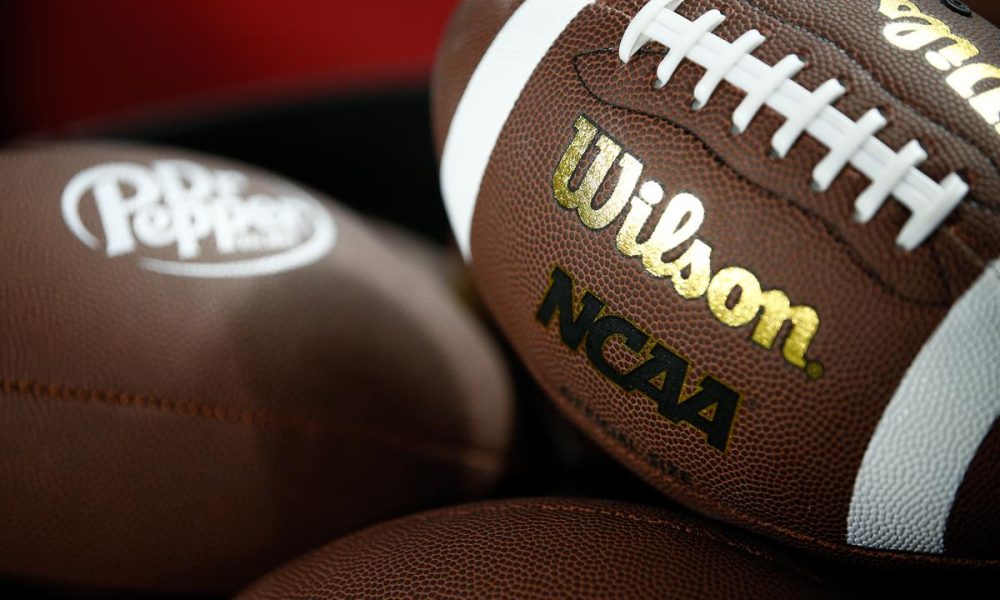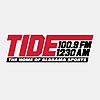NIL
The Approval of Direct Pay
OAKLAND, Calif. – June 6, 2025, will be a day to remember for college athletics. After months of anticipation and many pauses in The House v. NCAA lawsuit, U.S. District Judge Claudia Wilken, approved schools to begin paying their players directly, starting July 1. Wilken finalized a revenue-back pay settlement case that challenged long-standing NCAA rules […]

OAKLAND, Calif. – June 6, 2025, will be a day to remember for college athletics. After months of anticipation and many pauses in The House v. NCAA lawsuit, U.S. District Judge Claudia Wilken, approved schools to begin paying their players directly, starting July 1.

Wilken finalized a revenue-back pay settlement case that challenged long-standing NCAA rules on player compensation. The decision will not only change how college athletes are paid moving forward, but will also provide $2.8 billion in back pay to those who missed out on earning opportunities between 2016 and September 15, 2024, before NIL rights were fully recognized.
With this new era, a few things are expected to change starting next month. So, what does it mean for schools being able to pay their players directly? Athletes will be paid for things like jersey sales, video game appearances, social media promotions, and more. Yes, athletes have been paid for these things, but through partnerships, sponsors, and NIL deals, not directly through their respective school due to them banning athletes from earning money this way.
Additionally, each school can pay up to $20.5 million per year to its athletes. That figure is capped at 22% of certain sports revenue and is expected to increase annually over the time of the 10-year agreement.
Even though a yearly pay will be given to schools to distribute among their athletes, this does not mean athletes will no longer be able to make money from their name, image, and likeness through third parties. Should athletes choose to make additional earnings from a third-party entity, like a business, brand, booster or collective, they must submit to the new Deloitte-run NIL clearinghouse for legitimacy.
With this revenue-sharing plan, scholarships will also change. Previously, the NCAA set scholarship limits for each sport. Now, those limits are being replaced by roster caps, meaning schools will decide how many players are on a team rather than how many scholarships can be given.
This change could allow schools to offer more scholarships overall, with a predicted estimate of 115,000 additional scholarships being given across Division I programs. However, there’s concern that some teams might shrink their rosters, affecting walk-ons or high school recruits.
To help ease the transition, the settlement allows schools to protect certain athletes already on the roster or those who were promised a spot. These athletes are called “Designated Student-Athletes,” and schools have the option to exempt them from the new limits – though it’s not mandatory.
To ensure this new system is under control, the Power Five conferences announced the creation of the College Sports Commission, a new organization responsible for making sure schools follow the rules. The commission will investigate violations, mange penalties, and handle disputes. Bryan Seeley, has been named the commission’s first CEO. Seeley was previously a Major League Baseball executive and federal prosecutor.
For now, all decisions have been made final, but there is major pushback, and some groups who objected to the ruling could file appeals, but they only have 30 days to do so.
Want to know more about the recent approval? Read this article!
Greg Byrne Announces Tide will Fund Revenue Sharing
Alabama Evens up the Series Against Florida in 9-6 Game Two Win
Alabama survives Florida’s ninth-inning comeback attempt to even the series and force a rubber-match game three.
Gallery Credit: Micah Nichols